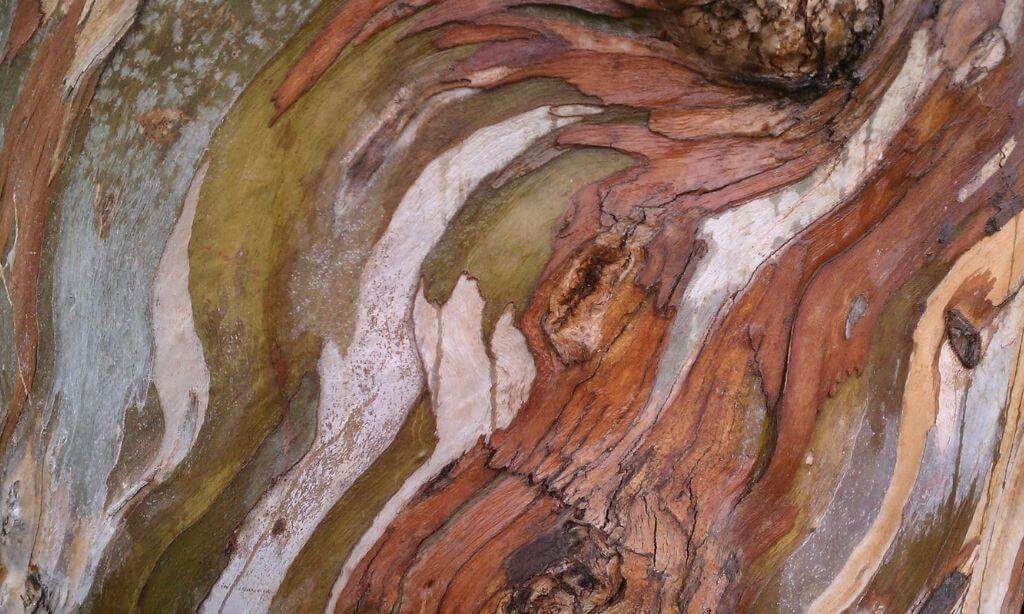
The eucalyptus tree
When I began my Colourway explorations, I did some extensive natural dyeing experiments with eucalyptus dye. An easily accessible natural dye source, originating from the myrtle family & native to Australia, Tasmania, New Guinea & Indonesia. Historically the bark of the eucalyptus was a popular choice in the making of many common & household objects. The eucalyptus is a sacred tree to the Aboriginal people and the wood of choice many functional & decorative pieces. The bark & resin can be used medicinally to treat fevers & common respiratory problems.

How many types of eucalyptus are there?
With over 700 known species of eucalyptus, the bark can range from smooth to fibrous. The leaves are laden with oil-producing compounds. Depending on the variety, the leaves are different shapes & some varieties produce fruits that grow in a woody capsule shape.
Introduced to Europe in the 18th century, the eucalyptus arrived in America by the mid-19th Century. It has habituated to the extreme climates of freezing alpine regions & barren desert landscapes. This is due to its hardy nature that allows it to survive extremes of temperature.
Can you dye with eucalyptus?
Yes, you can dye with all species of eucalyptus, it doesn’t matter which variety you have in your area. Try experimenting & discover what colours it holds.
Natural dyeing with eucalyptus
As a natural dye, the leaves, bark, seeds & twigs are used to create a range of earthy natural colours. For these experiments, I extracted dye from the leaves, branches & fruit (also called gum nuts) of the Gunnii eucalyptus below.
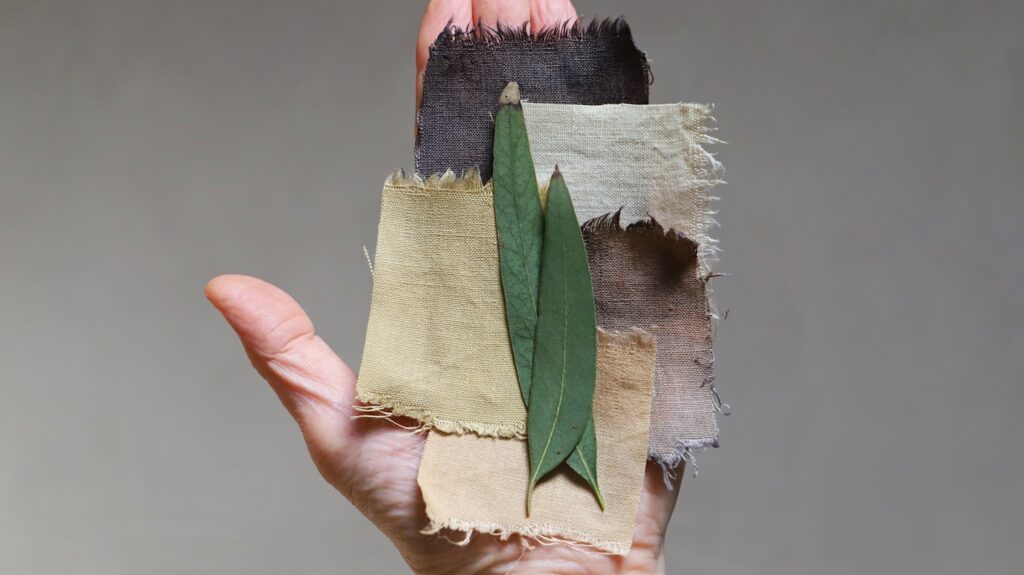
What colours to expect from eucalyptus dye
Depending on the species, location & time of year, the colours possible are varied & diverse. The strength of your colours is based on the amount of dyestuff you use & the time you leave your fibre in the dye bath. Meaning the more plant matter you use and the longer you leave your fibre to soak in the dye, the stronger your colours will be.
Does eucalyptus dye need mordant?
Eucalyptus leaves, branches, seeds & bark all contain tannic acid which acts as a natural mordant. When plants are high in tannin, you don’t necessarily need to mordant your fibre. However, if you are dyeing items that you will wear or will be washed repeatedly, I would recommend mordanting before you dye.
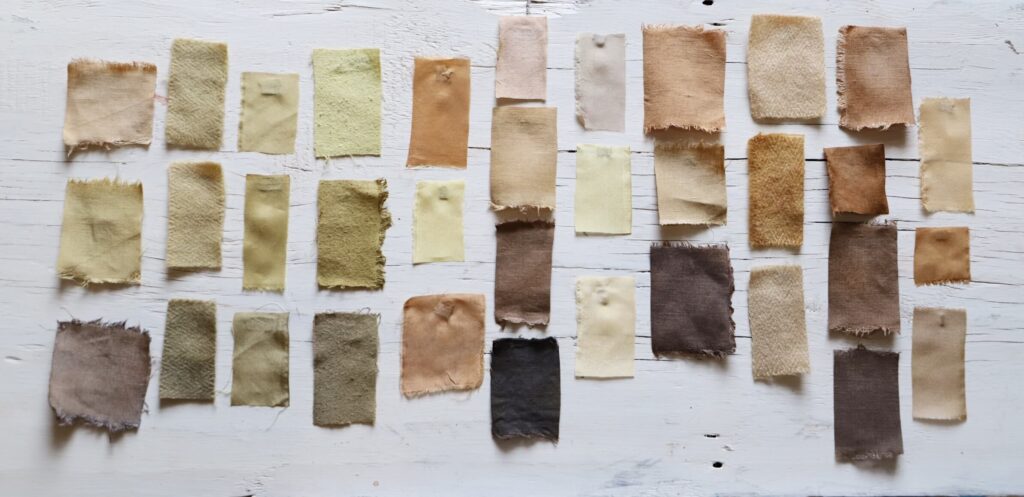
Natural dyeing with eucalyptus
As you can see from the photo above, the shades can range from soft yellow to dark graphite. With the addition of modifiers (a modifier is an ingredient that can changes or modify the colours), you can expand the colour possibilities & create a diverse natural palette from one plant. As eucalyptus is available throughout the year, it is a wonderful source of natural colour & definitely one I would recommend you try.
If you enjoyed seeing the colours from eucalyptus dye, take a look at more earthy colours from Ireland’s native gorse plant. Or perhaps you prefer the terracotta tones from the leaves of the hawthorn tree.
Learn more about natural dyeing
If you want to learn about natural dyeing with simple ingredients like onion skins or avocado stones you can enrol in my free mini-course. ‘Naturally Dye Fabric With Avocado Stones‘. The class is hosted on teachable, to enrol enter your email & create a password.
Free Natural Dye Resources
For more beginner guides, look at other natural dye tutorials here. If you have been wanting to give natural dyeing a go, I would strongly recommend you start with avocados for surprising pinks or yellow onion skins for, you guessed it, yellows:) These are fun dyes, as neither requires a mordant, making them more straightforward.
Natural Dye Colour Guide
If you would like to learn more about the colours you can get from dye plants or sources of natural colour, take a look at ‘The Guide To Natural Colour & Plant Dyes‘ ebook. This comprehensive download will give you access to 200+ dye plants, detailed by plant type & colour. Cost: €18.
EXPAND YOUR NATURAL DYE SKILLS & DEEPEN YOUR PRACTICE
Whether experimenting with this plant or curious about other natural dyes, there’s so much more to discover. In the next few weeks, I’ll be re-opening enrolment for my Foundational Natural Dye Course & Coaching, where we’ll dive deep into the art and science of creating beautiful, sustainable colours from nature.
If you want to deepen your practice, this course will take you through foundational techniques of natural dyeing. Expand your craft & elevate your learning with live classes, a full natural dye curriculum & expert guidance to help you along the way. Keep an eye out for more details.
Until then, happy colour adventures!
x Kathryn
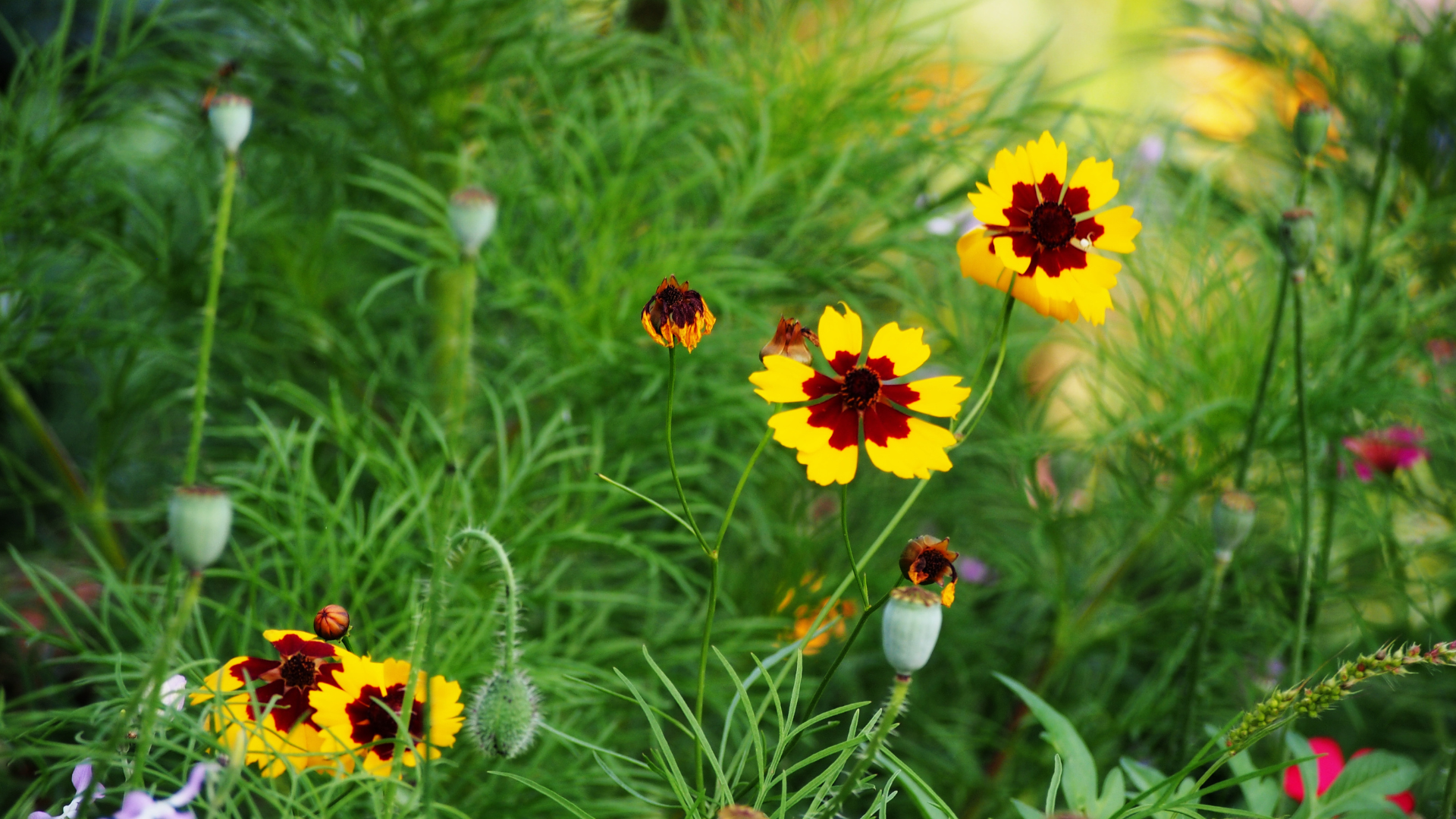
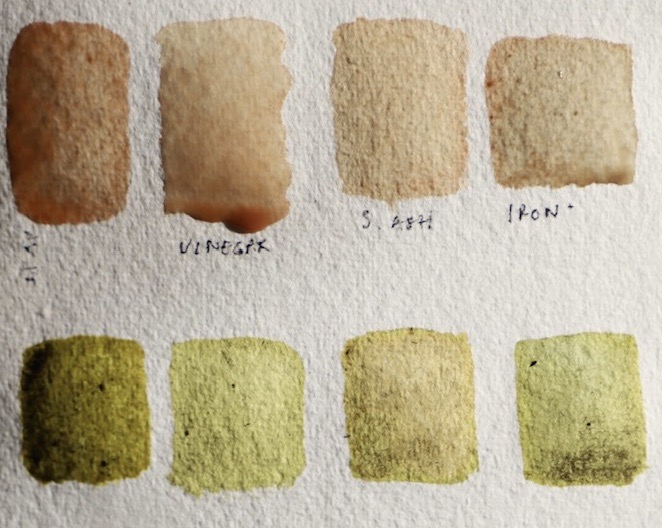
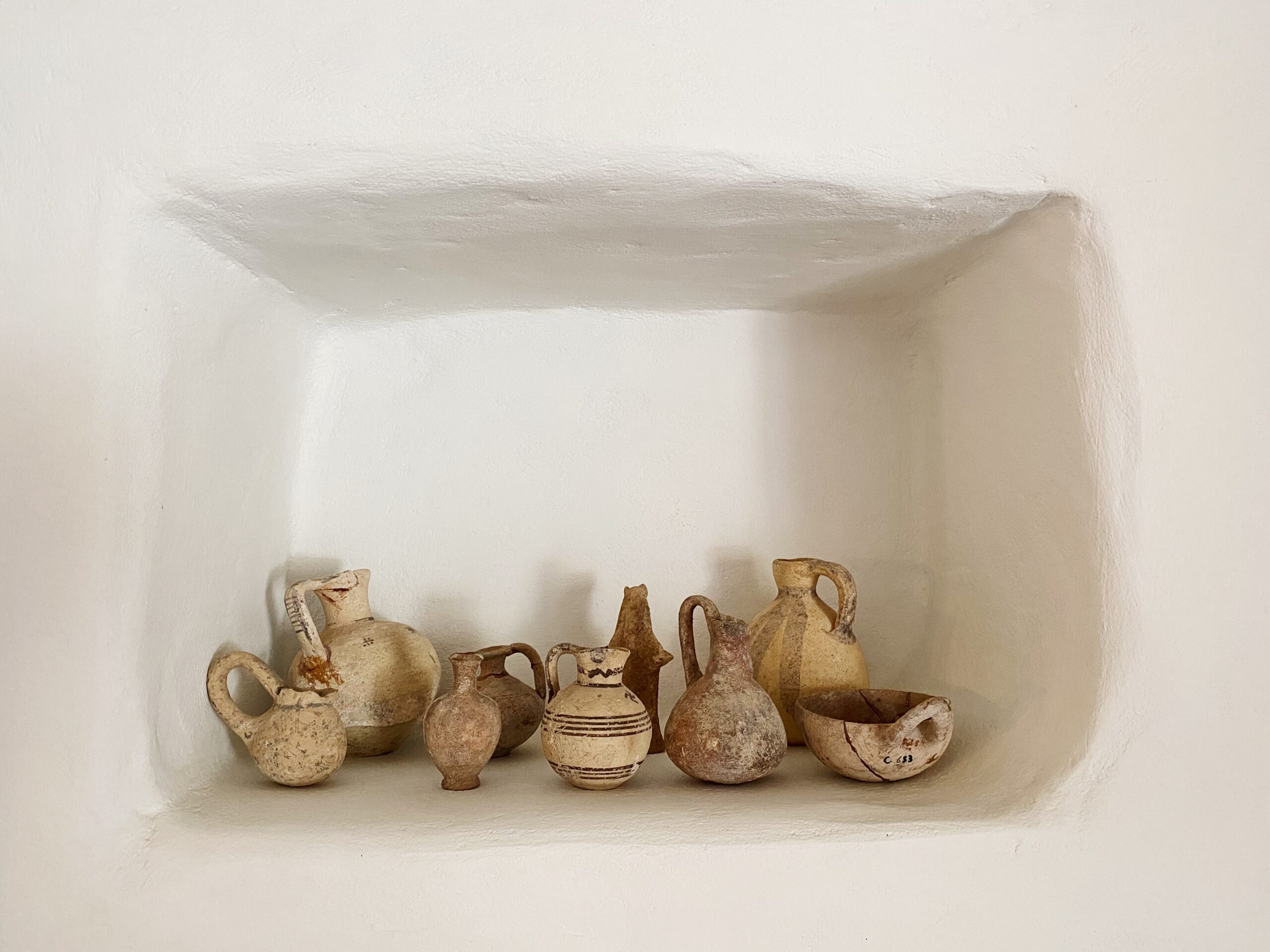
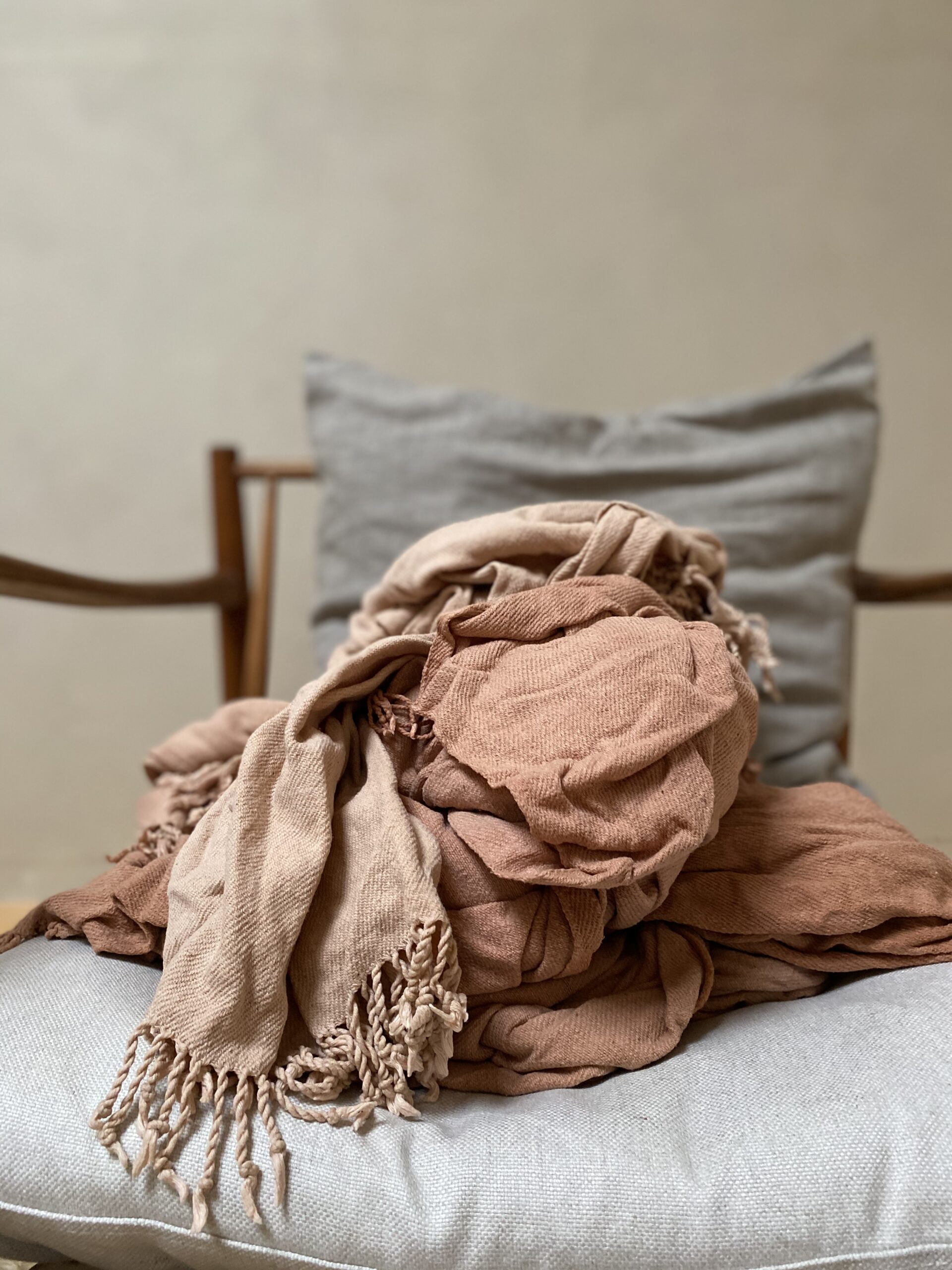


+ show Comments
- Hide Comments
add a comment